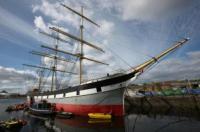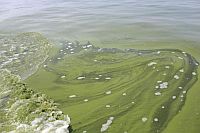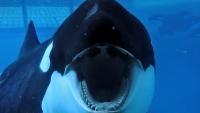 Last October, the documentary Blackfish aired on CNN. The documentary looked at the almost 40 year history of orcas in captivity, leading up to the killing of SeaWorld trainer Dawn Brancheau in 2010 by the 12,000-pound orca, Tilikum, a whale previously associated with the death of two other people. At the time, SeaWorld dismissed the documentary and went on with business as usual.
Last October, the documentary Blackfish aired on CNN. The documentary looked at the almost 40 year history of orcas in captivity, leading up to the killing of SeaWorld trainer Dawn Brancheau in 2010 by the 12,000-pound orca, Tilikum, a whale previously associated with the death of two other people. At the time, SeaWorld dismissed the documentary and went on with business as usual.
On August 13, however, SeaWorld Entertainment’s shares dropped by 35 percent to a record low after the company reported year-to-date losses of 5 percent in revenue and a 4.3 percent slide in attendance, with second-quarter revenue down 1 percent and attendance up 0.3 percent. (The first-quarter figures were worse, an 11 percent revenue plunge driven by 13 percent fewer visitors.) For the first time the company acknowledged the protests following the airing of Blackfish. The company blamed its woes in part on protests against its orca shows and legislation introduced in California that would ban using killer whales for entertainment in that state.

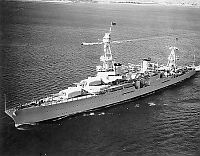
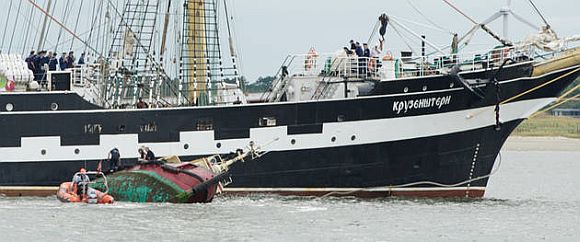
 A 57 year old fisherman, wading in the
A 57 year old fisherman, wading in the 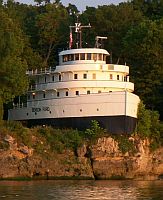

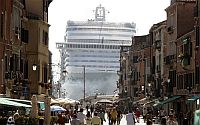

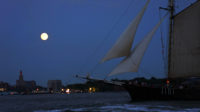
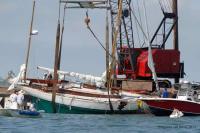

 On Tuesday, the
On Tuesday, the 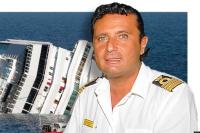 Captain Francesco Schettino recently gave a two-hour lecture on emergency procedures to criminal science masters candidates at Rome’s Sapienza University. Yes, this is the same Capt. Schettino who ripped open the side of the cruise ship
Captain Francesco Schettino recently gave a two-hour lecture on emergency procedures to criminal science masters candidates at Rome’s Sapienza University. Yes, this is the same Capt. Schettino who ripped open the side of the cruise ship 